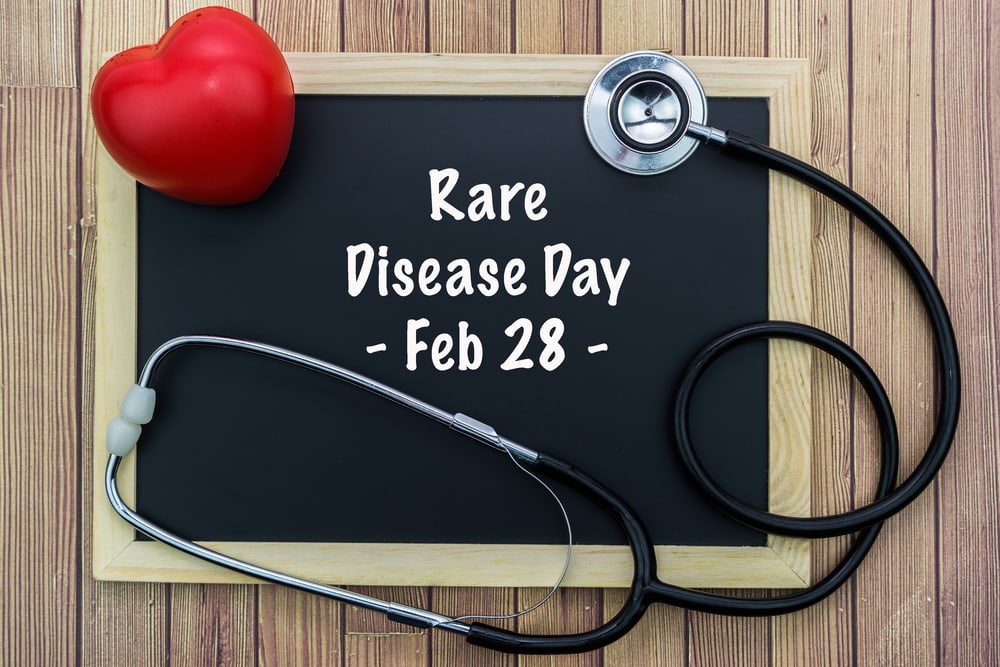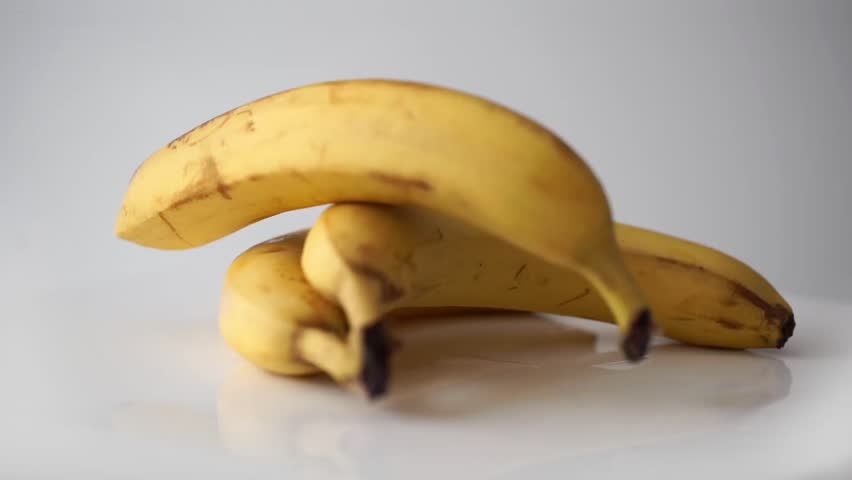Contents:
- Medical Video: The Complete Guide to Starting Solids
- What is the first food I should give to the baby?
- How many babies need to be fed in a day?
Medical Video: The Complete Guide to Starting Solids
The first food for babies needs to be given gradually after exclusive breastfeeding for the first 6 months of life. After a baby is 6 months old, breastmilk alone is unable to meet the nutritional needs of the baby, so the baby needs to eat foods other than breast milk.
The baby has indirectly shown signs that he is ready to be given solid food near the age of 6 months. The baby shows signs, such as being able to hold his head, able to pull out his tongue, has begun to look interested in food, look at food at the dinner table, and may try to reach the food in front of him. If the baby has shown such signs, it means he is ready to be introduced to his first meal.
Preferably, introduce the baby to foods other than breast milk at the right time. If it is introduced too early, the risk is that the baby will stop breastfeeding too early, so he does not benefit from breastfeeding anymore. If it is introduced too long, the baby will be more difficult to receive solid food, so it can lack the vitamins and minerals he needs.
What is the first food I should give to the baby?
If the baby is 6 months old and has shown signs that he is ready to receive solid food, then try to introduce it to food. In providing the first meal for the baby, the most important thing is that you provide food that has a soft texture. In addition because the baby does not have complete teeth, the baby's intestines are also not ready to receive solid food or family food. Babies need time for the transition from breast milk to family food gradually.
Start by giving a small portion of soft food. We recommend that you introduce one by one type of food, so the baby can recognize the taste of each food.
You can try giving:
- Mashed vegetables (puree), such as carrots, sweet potatoes, potatoes, broccoli
- Smoothed fruits (puree), such as apples, pears, mangoes, or papaya (steamed), or avocados and crushed bananas
- Porridge made from rice, rice flour, or red rice flour, and can be added with breast milk or chicken broth or meat broth
- Special cereals for babies fortified with iron
Don't add the food with salt, sugar, or oil, so the baby knows the original taste of each meal. After the baby has received the food properly, then you can provide other foods that are more varied, such as meat, chicken, fish, eggs, beans, and others. However, remember to give these foods with a smooth texture. First destroy the food until smooth and soft, making it easier for the baby to swallow it.
It may take some time for the baby to truly receive a variety of solid foods. Babies need time to get used to the new flavors and textures of solid foods. It is important for you to introduce solid food to your baby in stages, starting from:
- Porridge or semi-liquid food
- Mashed food
- Foods that are cut into small pieces so the baby can hold them (finger food)
How many babies need to be fed in a day?
Early in the introduction period with solid foods, babies still need more milk than solid foods. Breast milk is still the main food for babies because breast milk still provides vitamins, iron, and protein that babies need, which cannot be replaced by other foods until they are one year old. So, solid food is a companion to breast milk, not a substitute for breast milk.
At this time, the baby is only able to eat a little soft food that you give because the baby's stomach size is still small. You may only need to feed once a day and maybe the baby can only accept 1-2 spoons.
If the baby is able to receive solid food once a day, then you can increase the amount to twice a day. Around the age of 8 months, maybe the baby is able to receive solid food three times a day. And at the age of 8 this month, babies may be able to accept various combinations of solid foods, such as mixtures of:
- Rice porridge with spinach and mashed chicken into one
- Rice porridge with broccoli and mashed meat together
- Red rice porridge with breast milk and orange juice
- And so forth. You can create it yourself.
One more thing you should do is, feed your baby before you offer solid food to the baby. Feeding before eating is a good way to help keep the transition from breast milk to solid food, so the baby still wants to get the milk he still needs. It is feared, if the baby is fed first and then given breast milk, the baby will receive less milk. In addition, giving breast milk first before feeding babies with solid food can also prevent babies from early weaning.
READ ALSO
- Husband's Support Determines the Success of Exclusive Breastfeeding
- How to make and store baby food
- List of foods that cannot be given to babies











